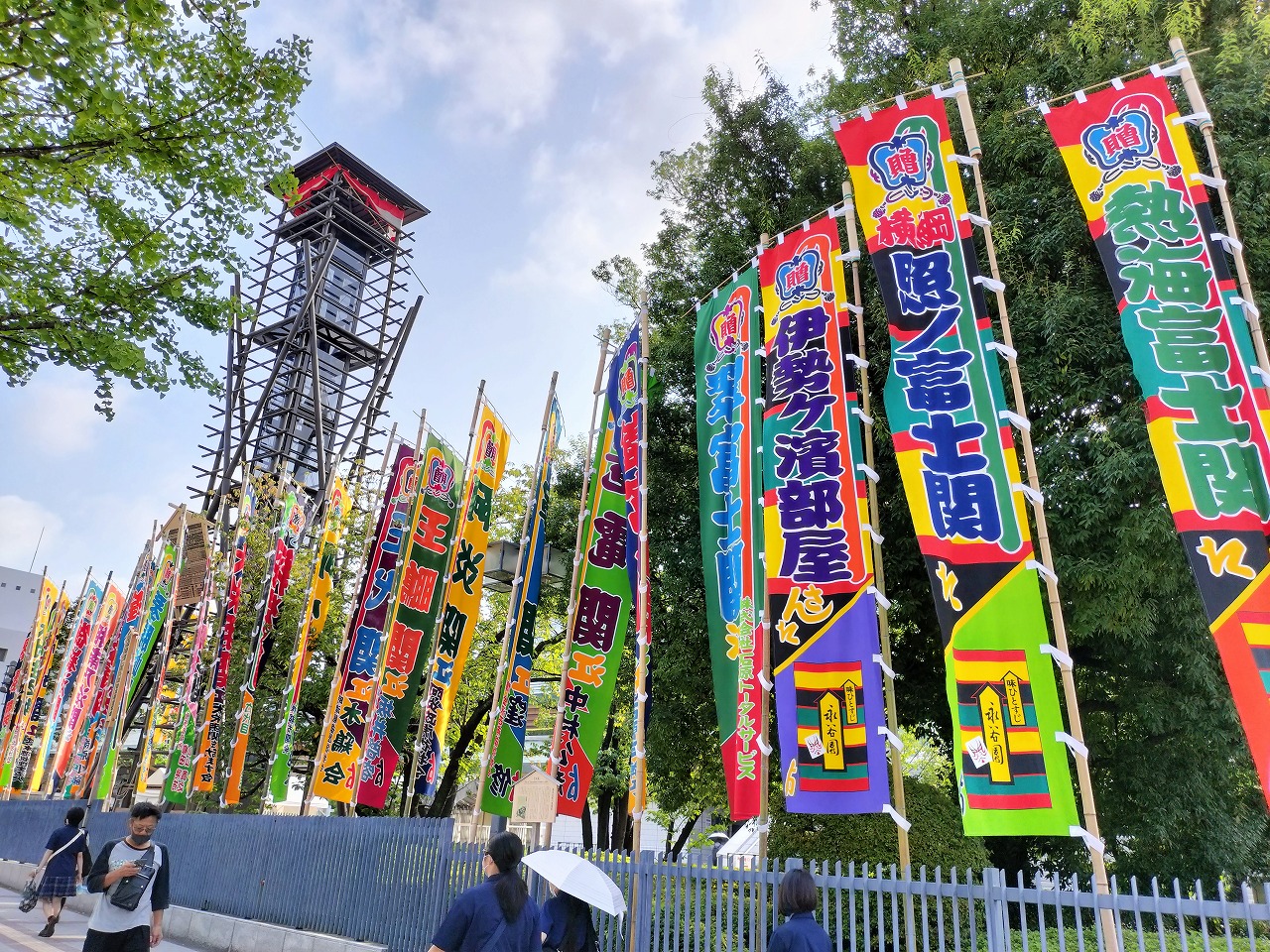Thank you for choosing our tour at Asakusa and Ueno on September 8. We welcomed 14 people from U.S.A., Australia, Vietnam, Spain, Brazil and Switzerland.
I hope all of you enjoyed and shared interesting conversations with us during the tour. As promised, group photos and snapshots are attached to remember the fun times we had.
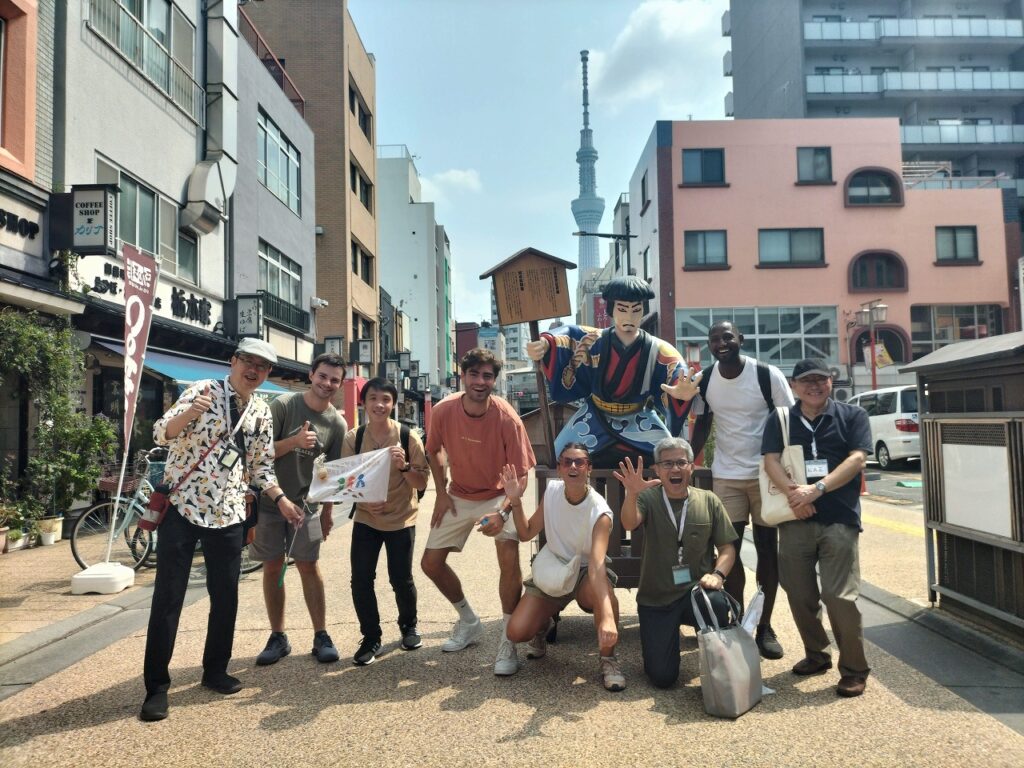
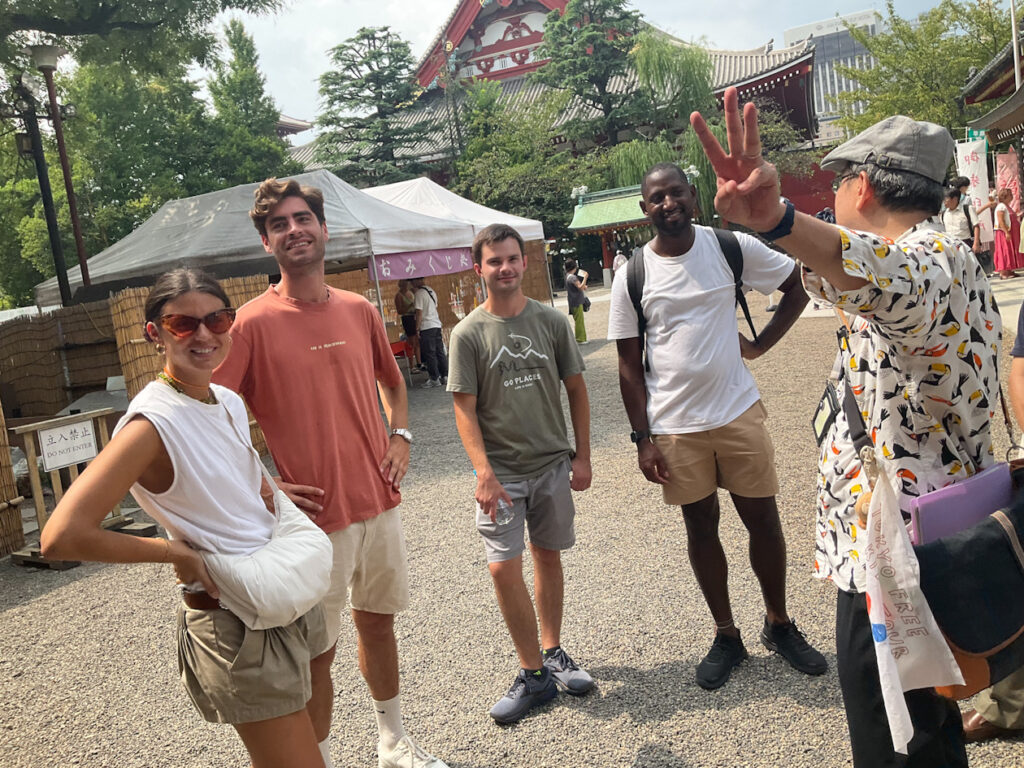
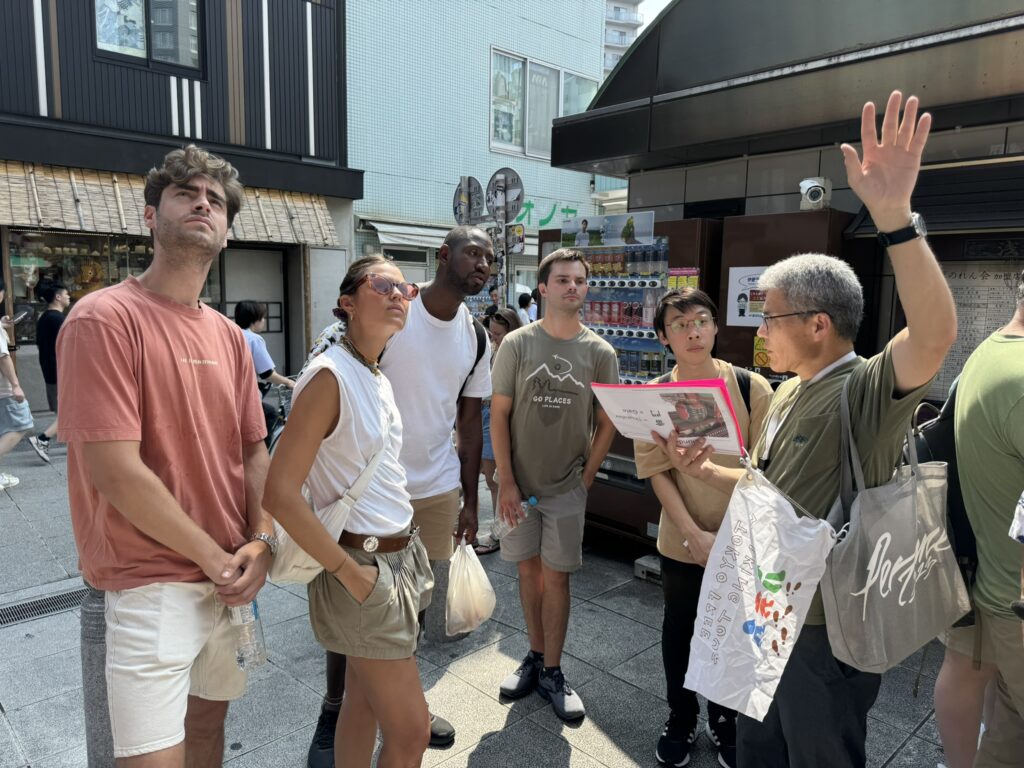
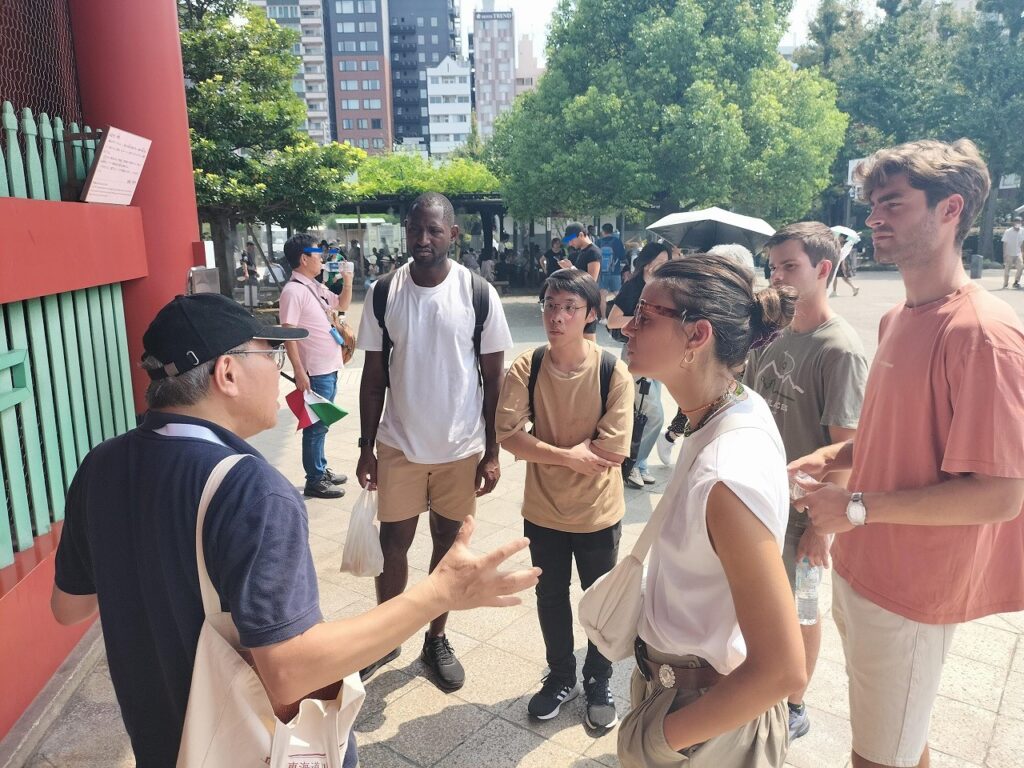
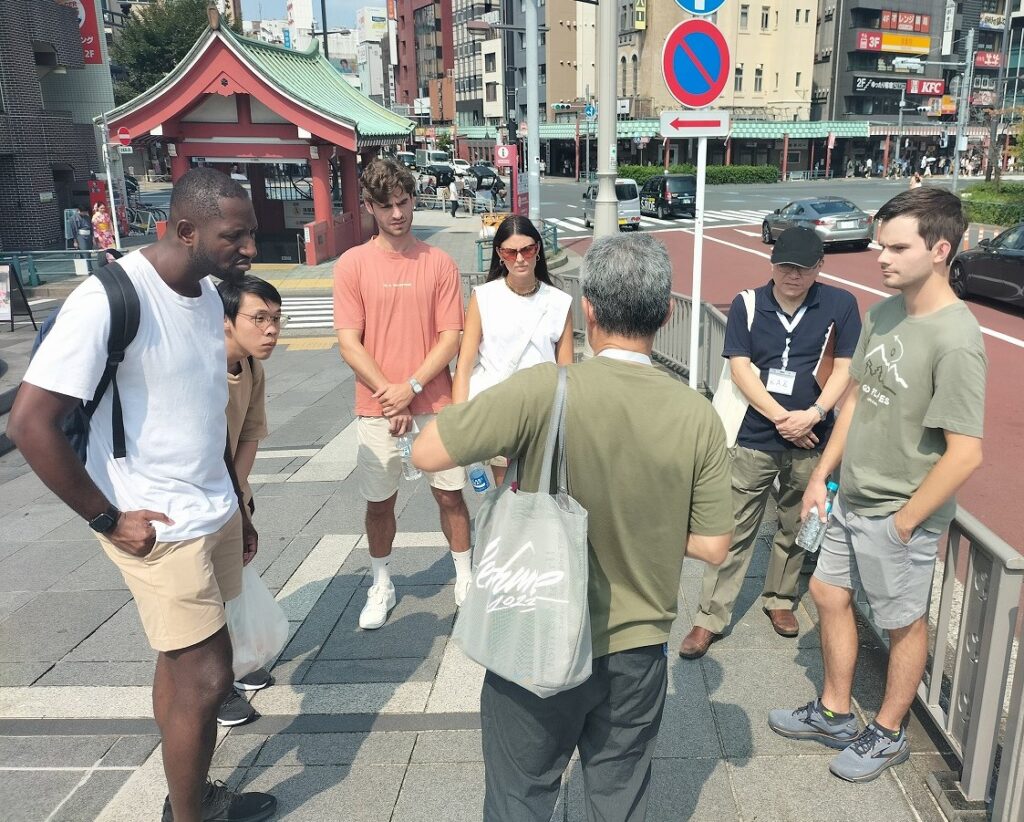
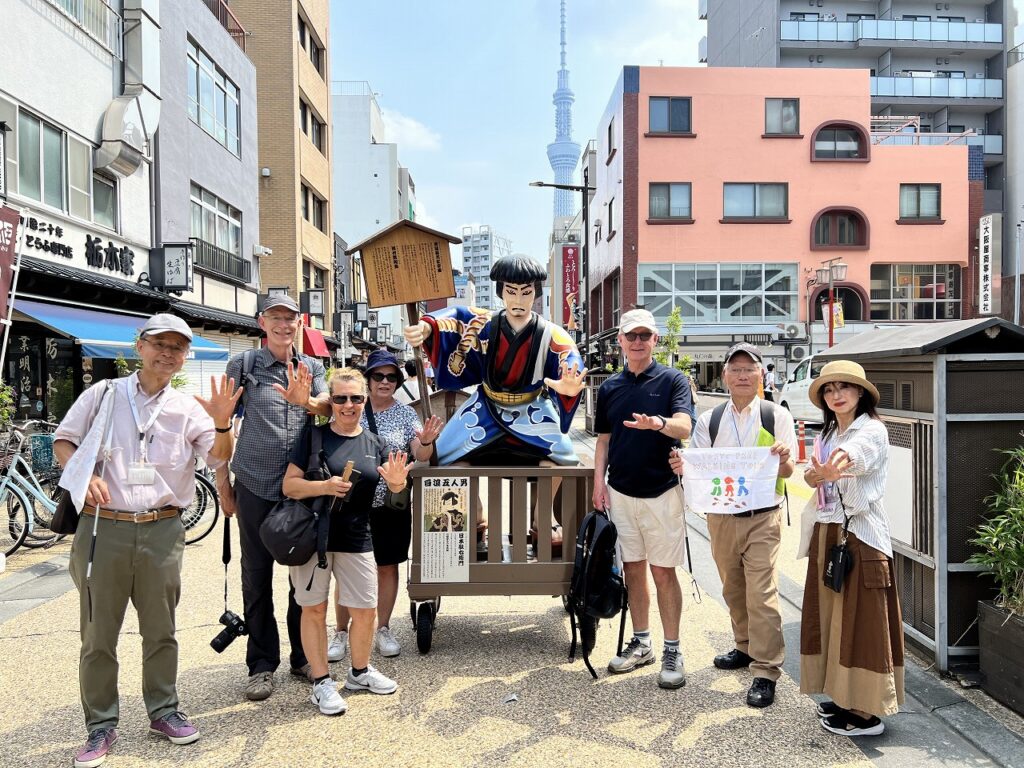
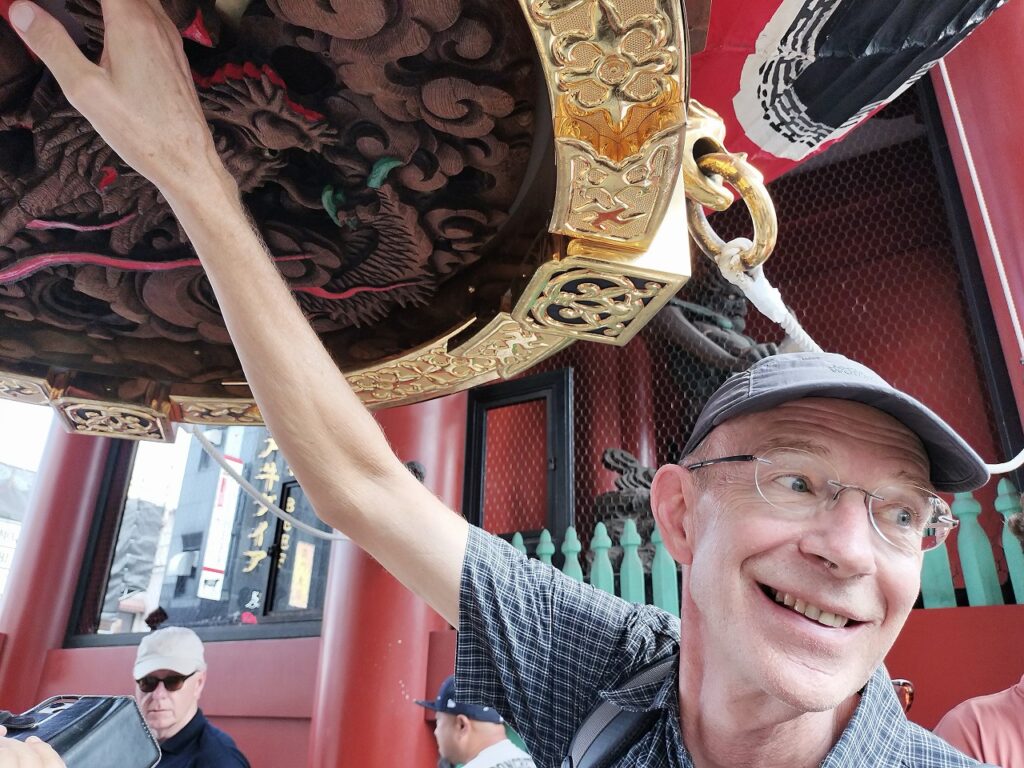
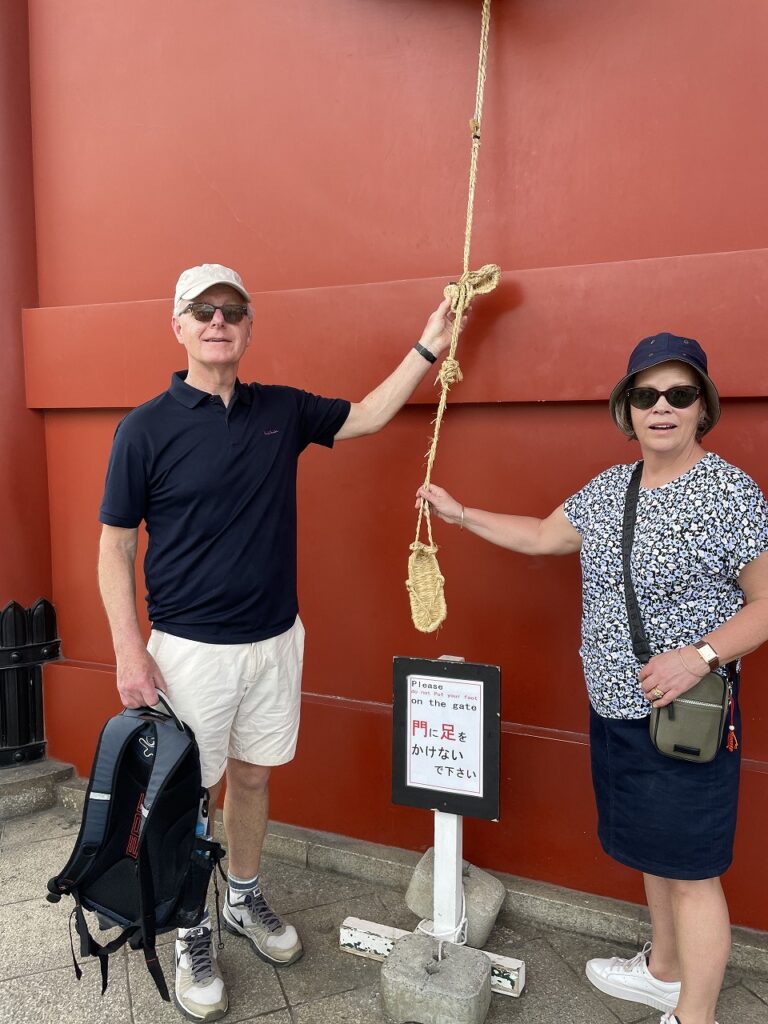
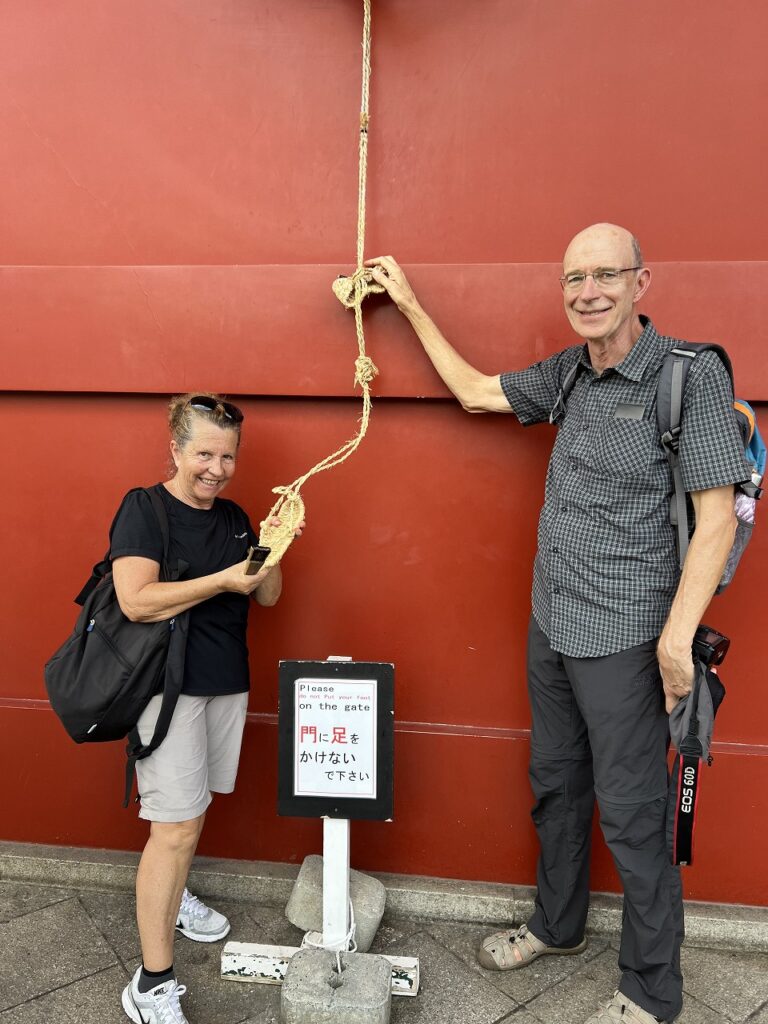
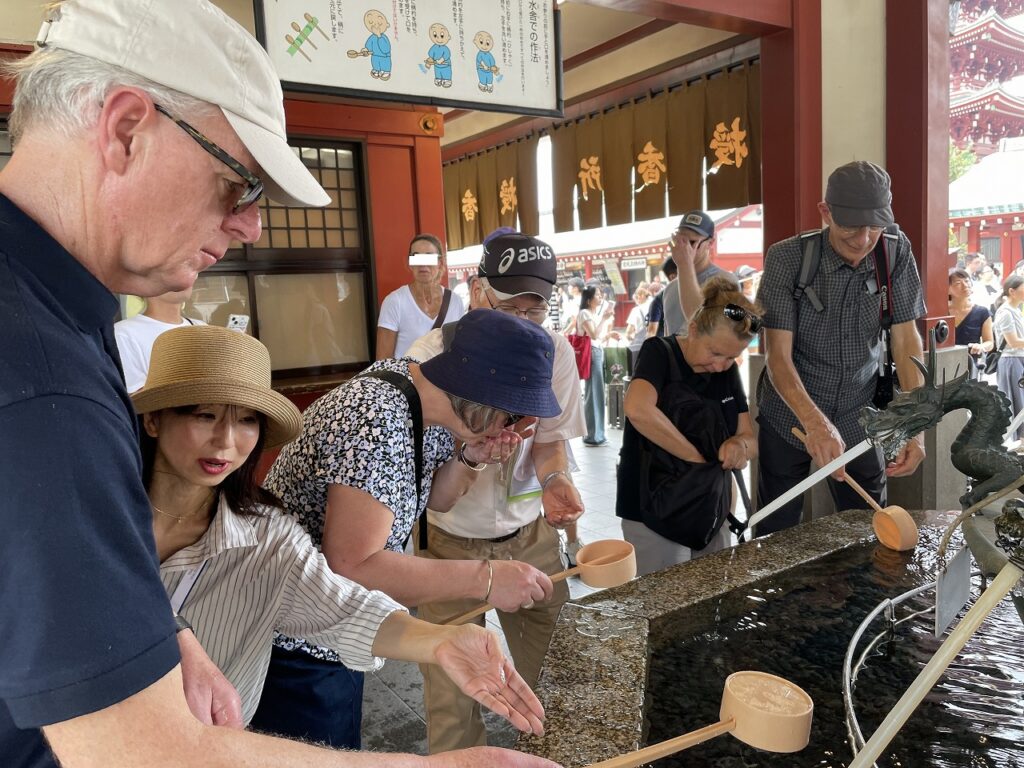
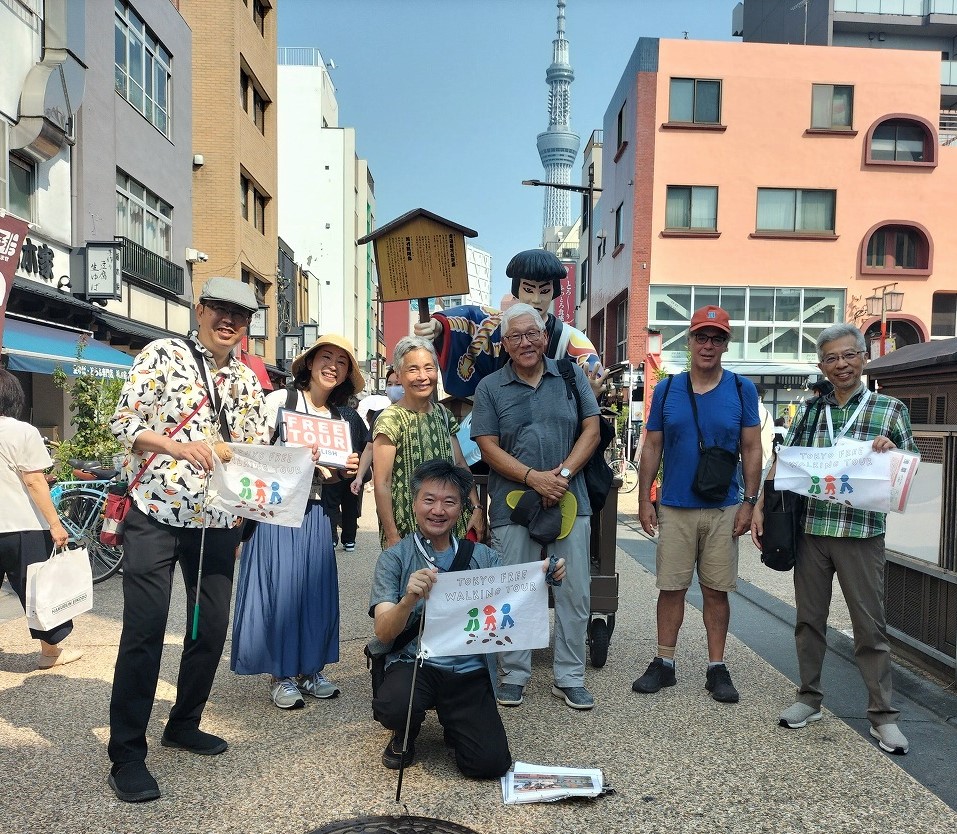
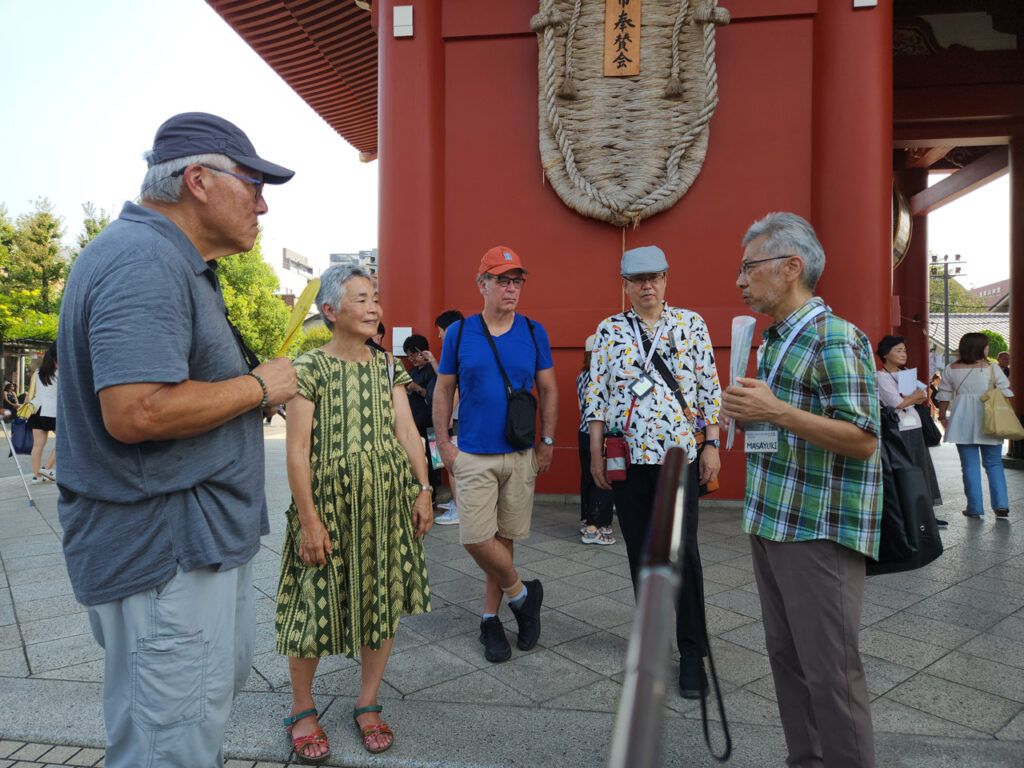
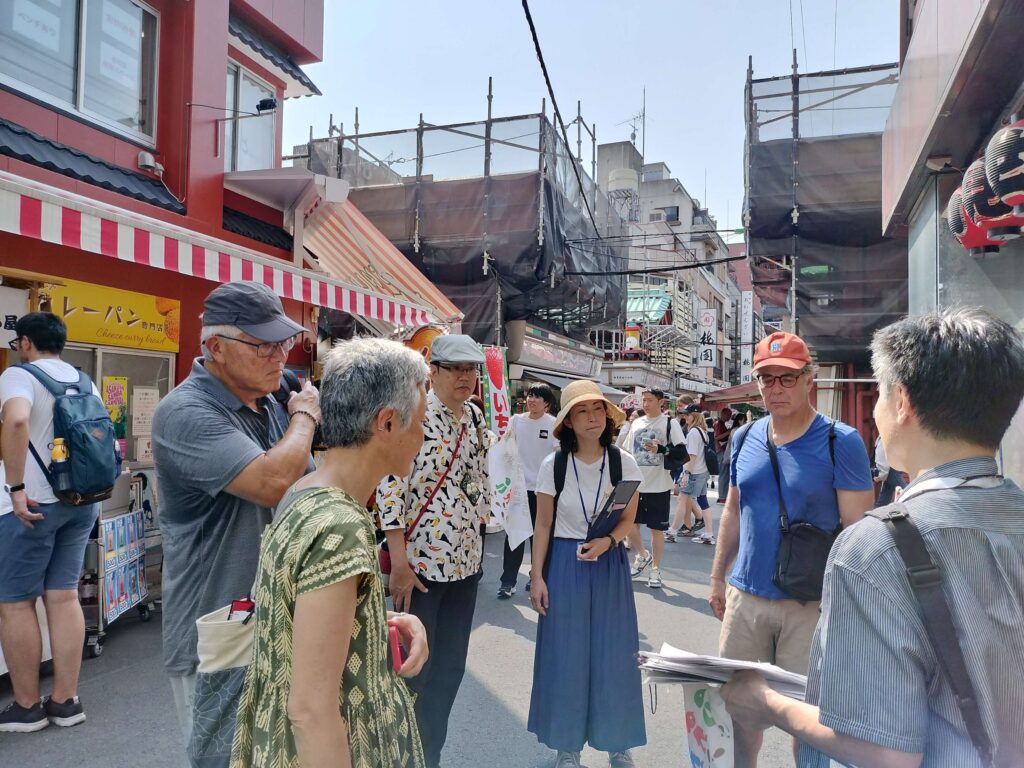
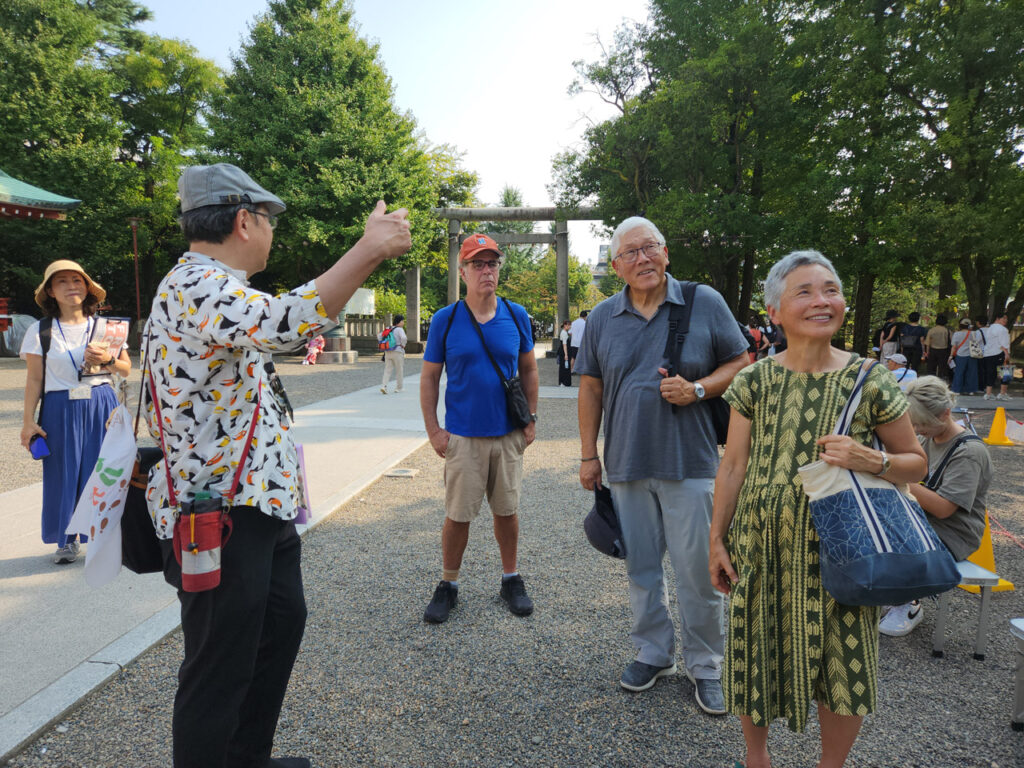
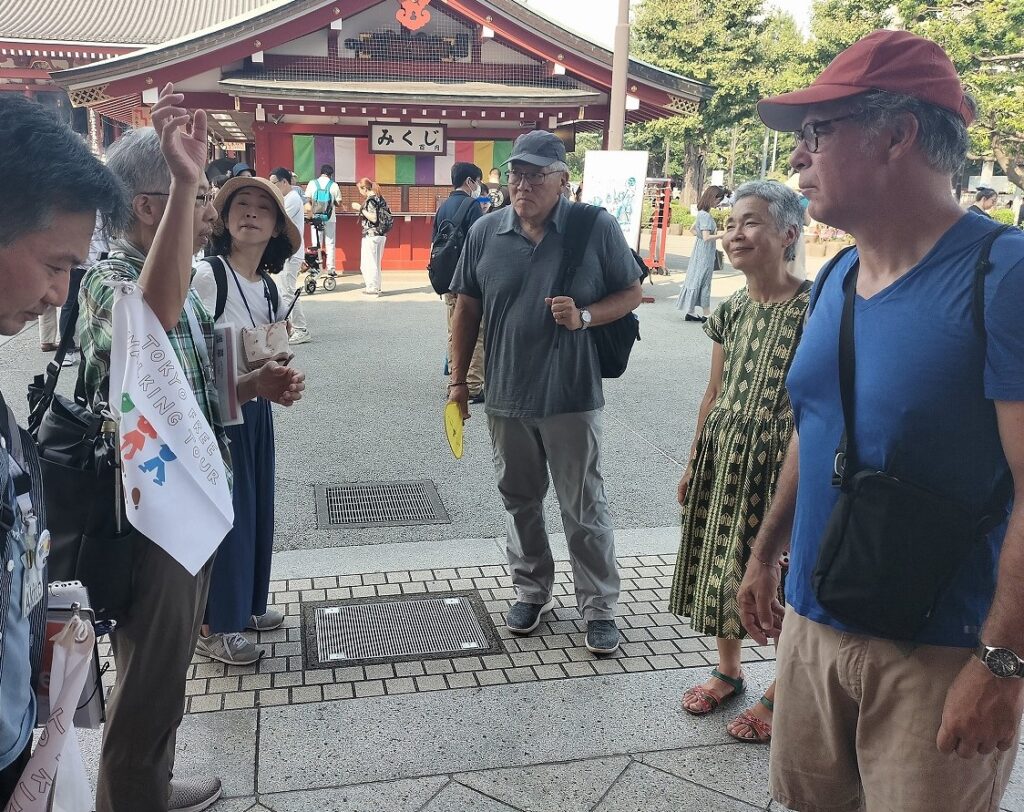
The September Grand Sumo Tournament began yesterday and will run until September 22, lasting 15 days in total. The venue for the Grand Sumo Tournament in Tokyo is Ryogoku Kokugikan which is located near the Ryogoku station on the JR Sobu Line or the Toei Oedo Subway Line. This venue can accommodate 10,000 people. Regular Grand Sumo Tournament are held 6 times a year, with three of them taking place in Tokyo in January, May and September. Additionally, Grand Sumo Tournaments are held in Osaka, Nagoya and Fukuoka. Each Sumo tournament runs from 9 a.m. to 6 p.m. The main events (Makuuchi Division) begin around 3:40 p.m. and include the “Dohyo-iri” ceremony (Ring-entering ceremony). In between the regular Sumo tournament, one-day Sumo tournament called “Jungyo” are held around 20 times each in April, August, October and December in various cities or towns across the country. This means about 80 one-day Sumo tournament are held every year to spread the popularity of Sumo and boost the local economy. In other words, Sumo tournaments are held somewhere in Japan for nearly half the year. If you check the Sumo schedule in advance, foreign tourists may be surprised to find that there are many opportunities to watch Sumo.
Sumo is a traditional parts of Japanese culture and its history dates back to the mythical age. The origin of Sumo is described in the oldest history books such as the Records of Ancient Matters and the Chronicles of Japan from the 8th century. It is said that a contest of strength between gods is the origin of Sumo. Sumo is not just a sport. It also has religious and cultural significance, and is considered Japan’s national sport with deep tradition.
Sumo became popular among the people and developed into a form of popular entertainment during the Edo period. Sumo began being broadcast on TV in the 1950s. which helped establish its popularity. Sumo is very popular as a spectator sport, especially among older people.
In addition to the Sumo matches themselves, Sumo offers many interesting elements, such as the decorative mawashi, the referee’s costume, the Sumo wrestler’s topknot and chanko among others. I recommend experiencing watching Sumo at least once. However, because Sumo is very popular, the tickets of the September Grand Sumo Tournament may be sold out. It’s a good idea to check the Japan Sumo Association’s website (https://www.sumo.or.jp/En) or other sources in advance. Although it is not clear at the moment, they might sell same-day tickets. Usually, Sumo tickets are sold starting two months in advance.
The Japan Sumo Association has launched an English-language YouTube channel called “Sumo Prime Time” to spread the appeal of Sumo to the world. This will be a good way to engage with Sumo.
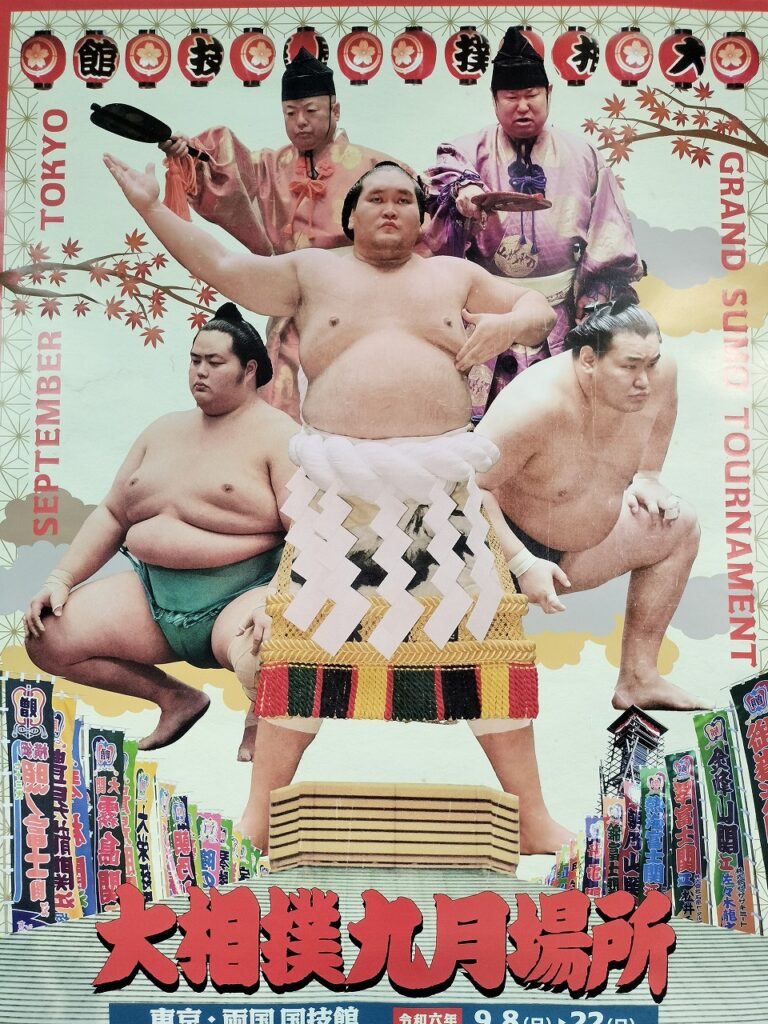
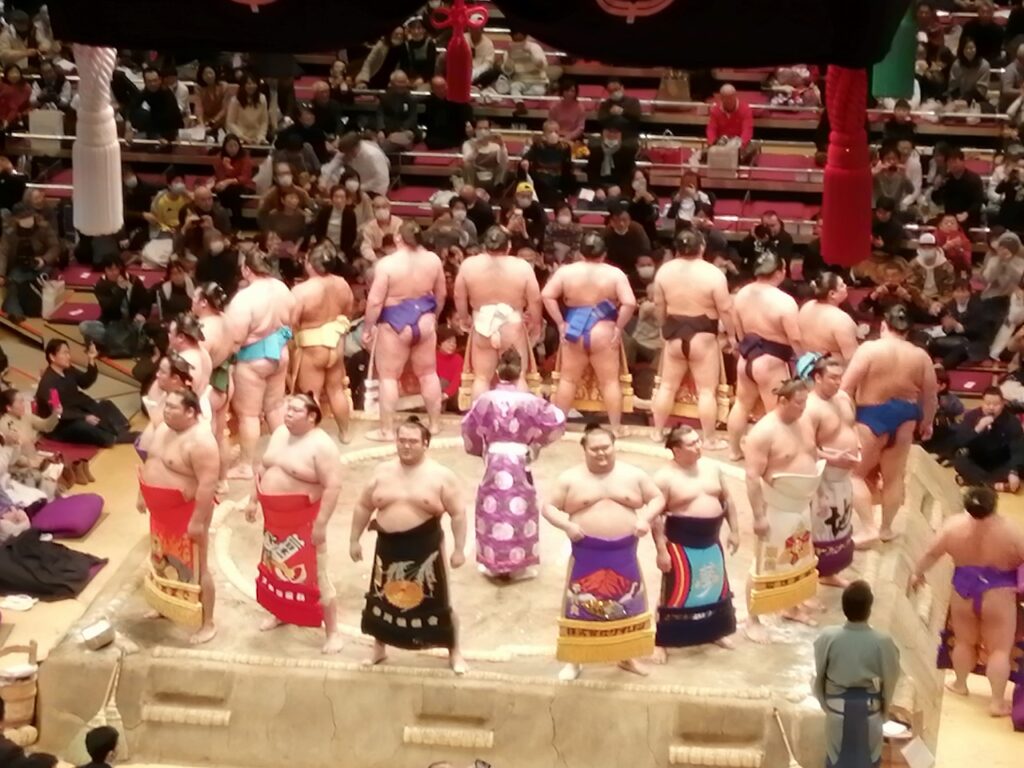
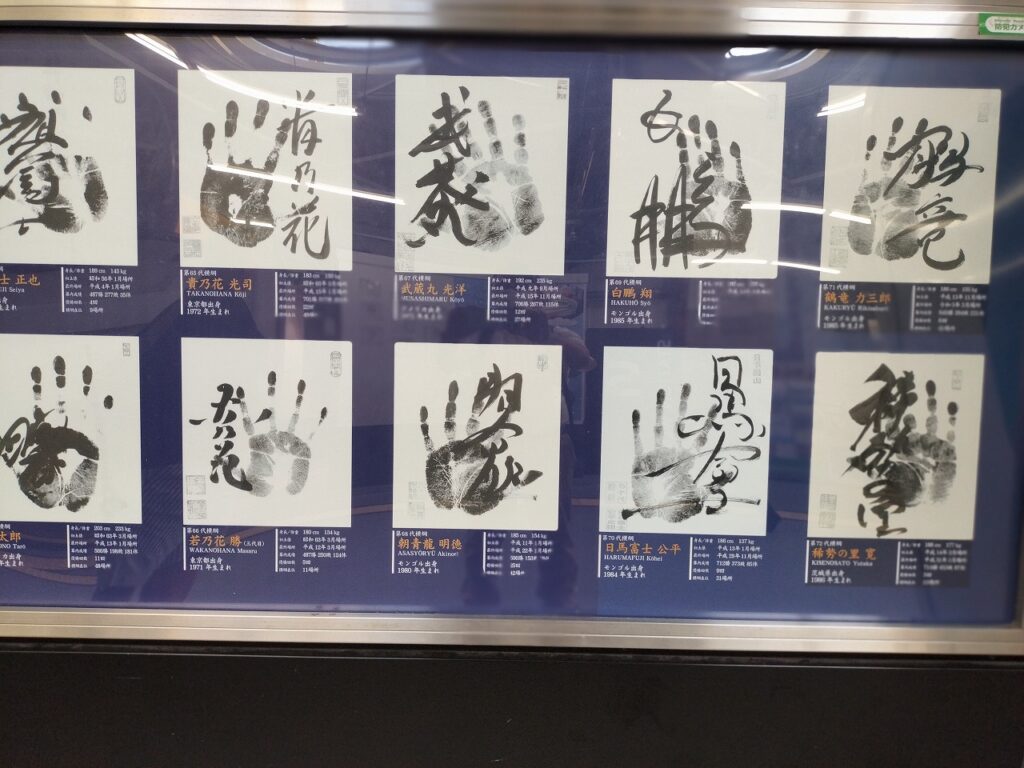

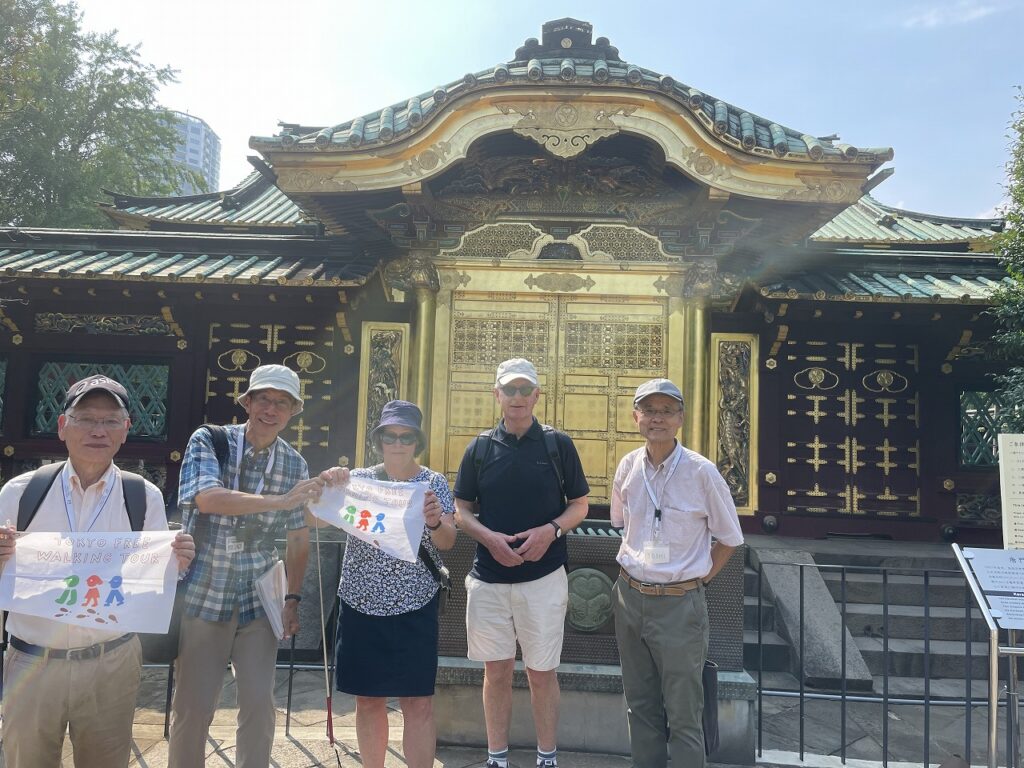
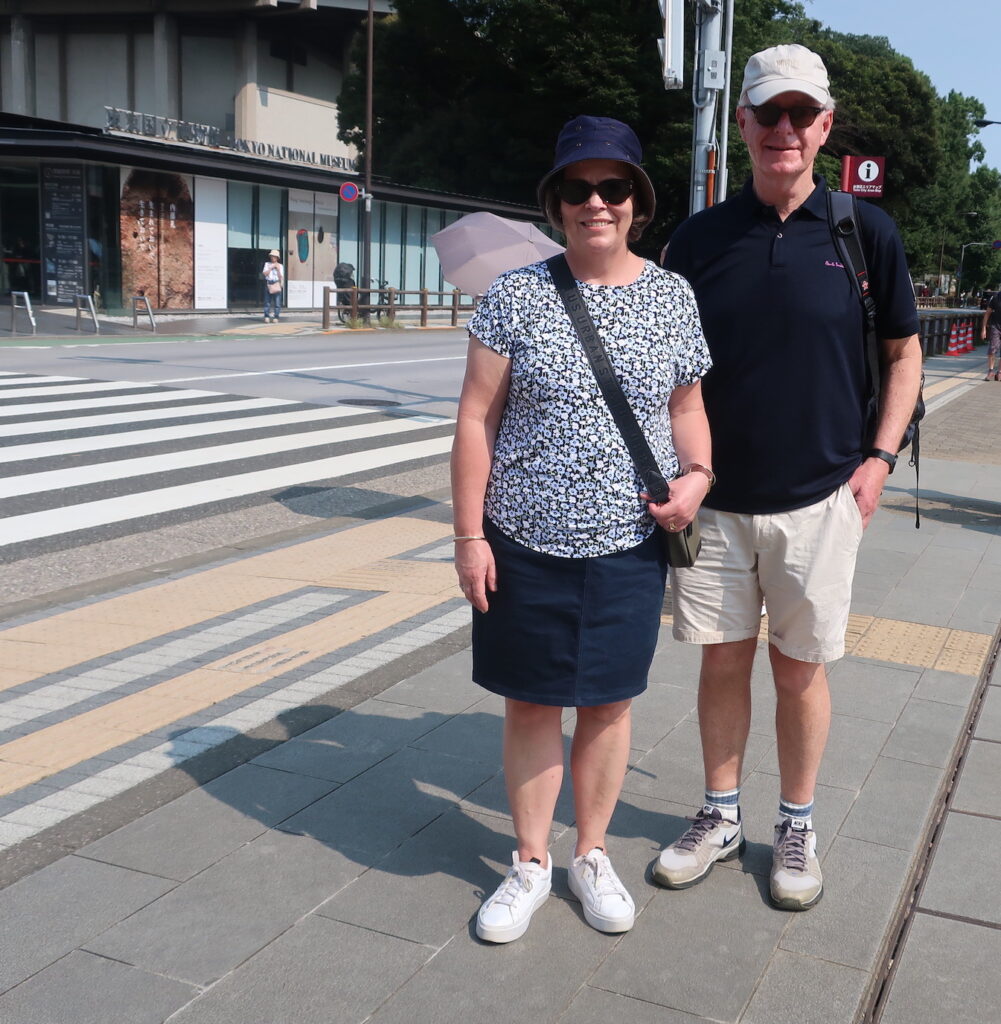
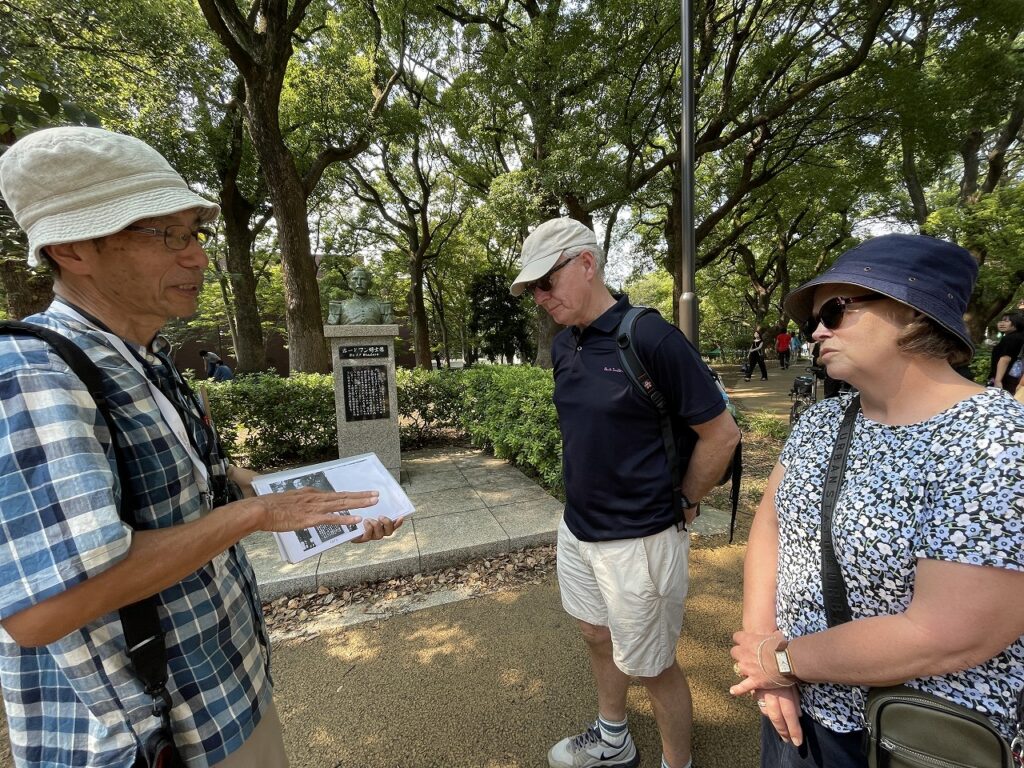
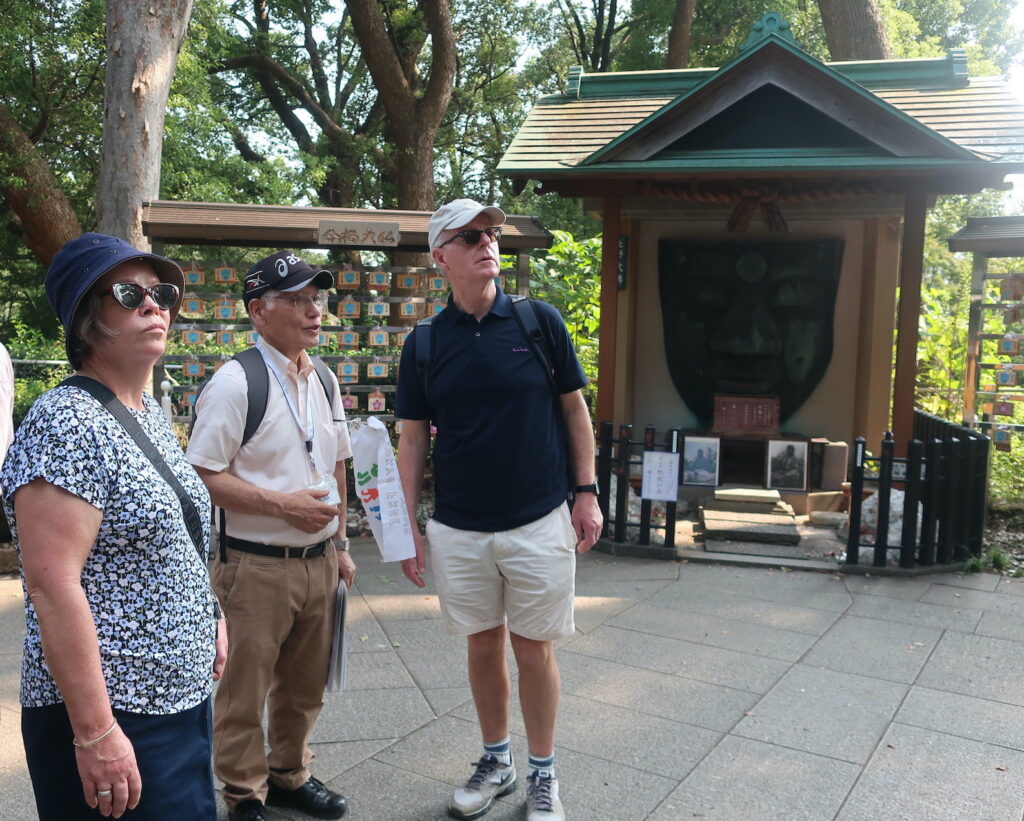
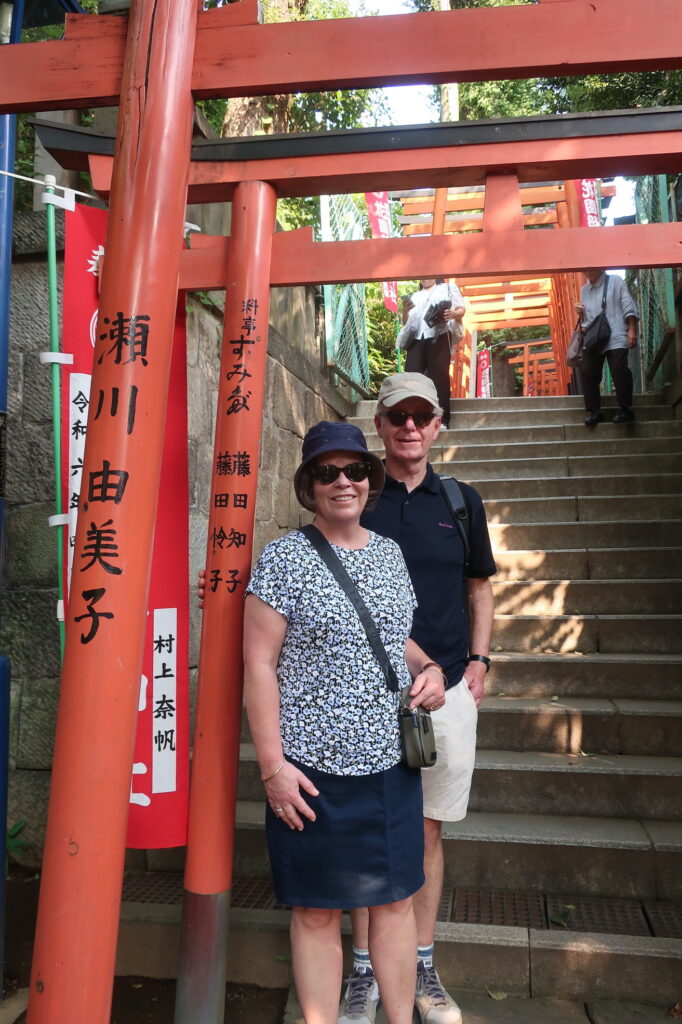
We always strive to give high-quality tours. Your feedback is very important and useful
to us. If you have a moment, please consider posting comments about the tour on our
TripAdvisor /Facebook etc. Your remarks will certainly help us improve and continue
developing our tours. Also, please tell your family and friends about us. Next time
you’re in Tokyo, please come to another one of our tours. Once again thank you very
much.
(posted by Kuma)

